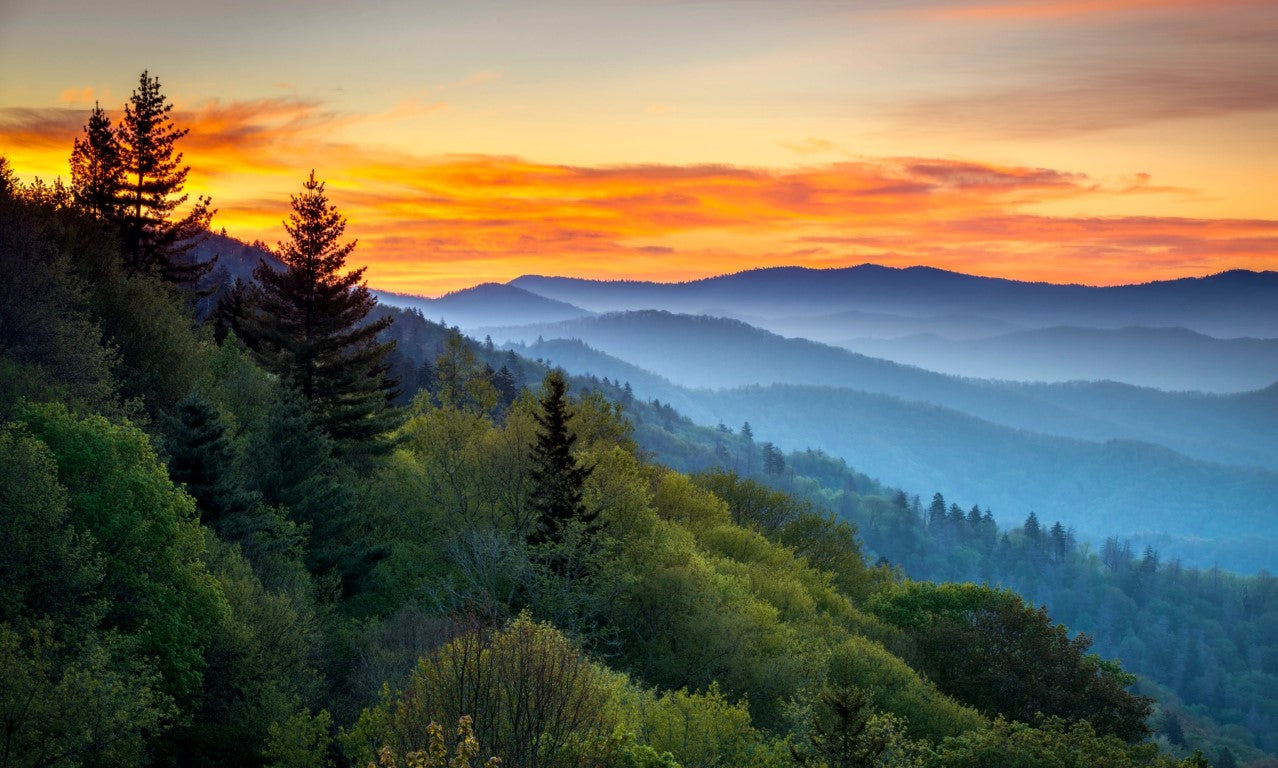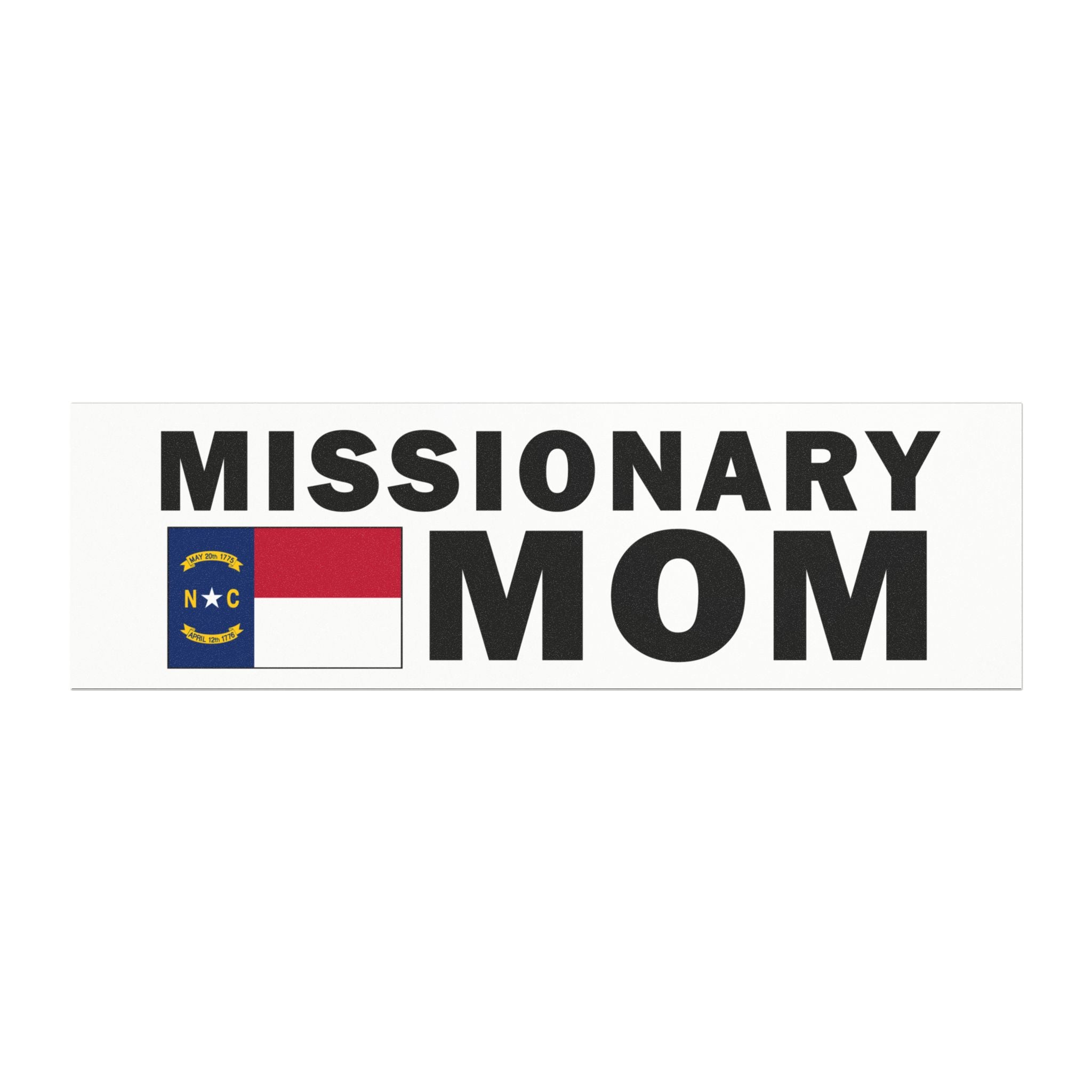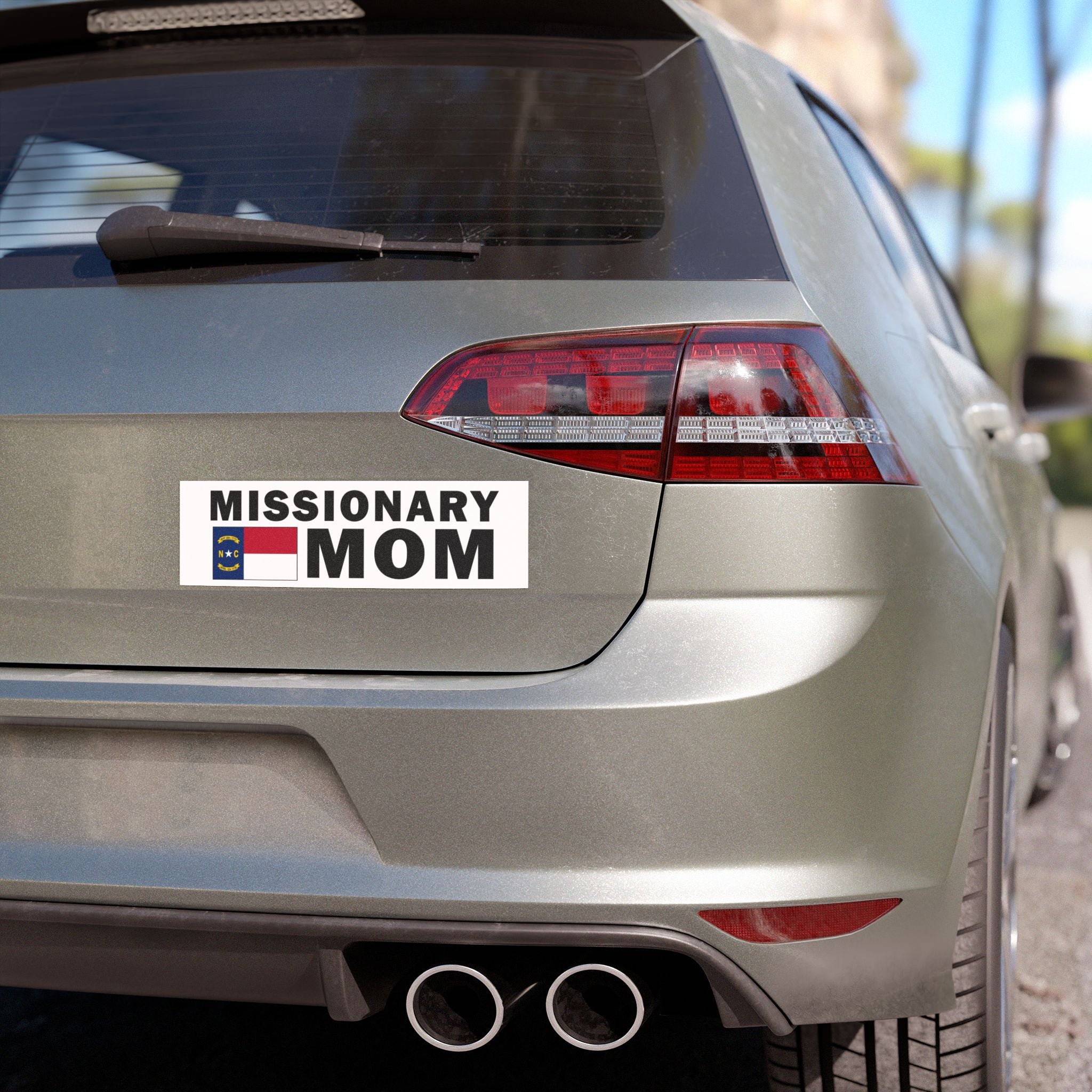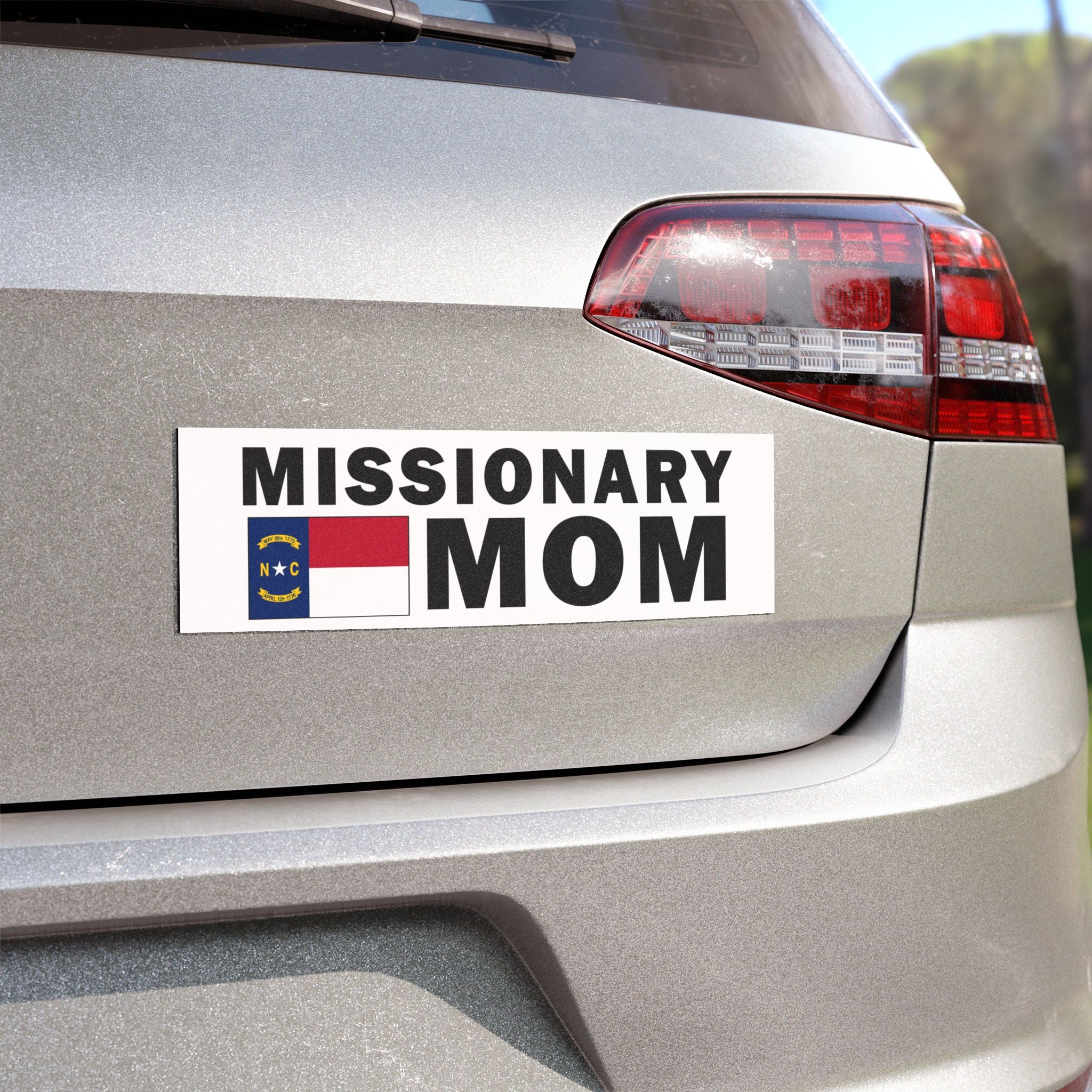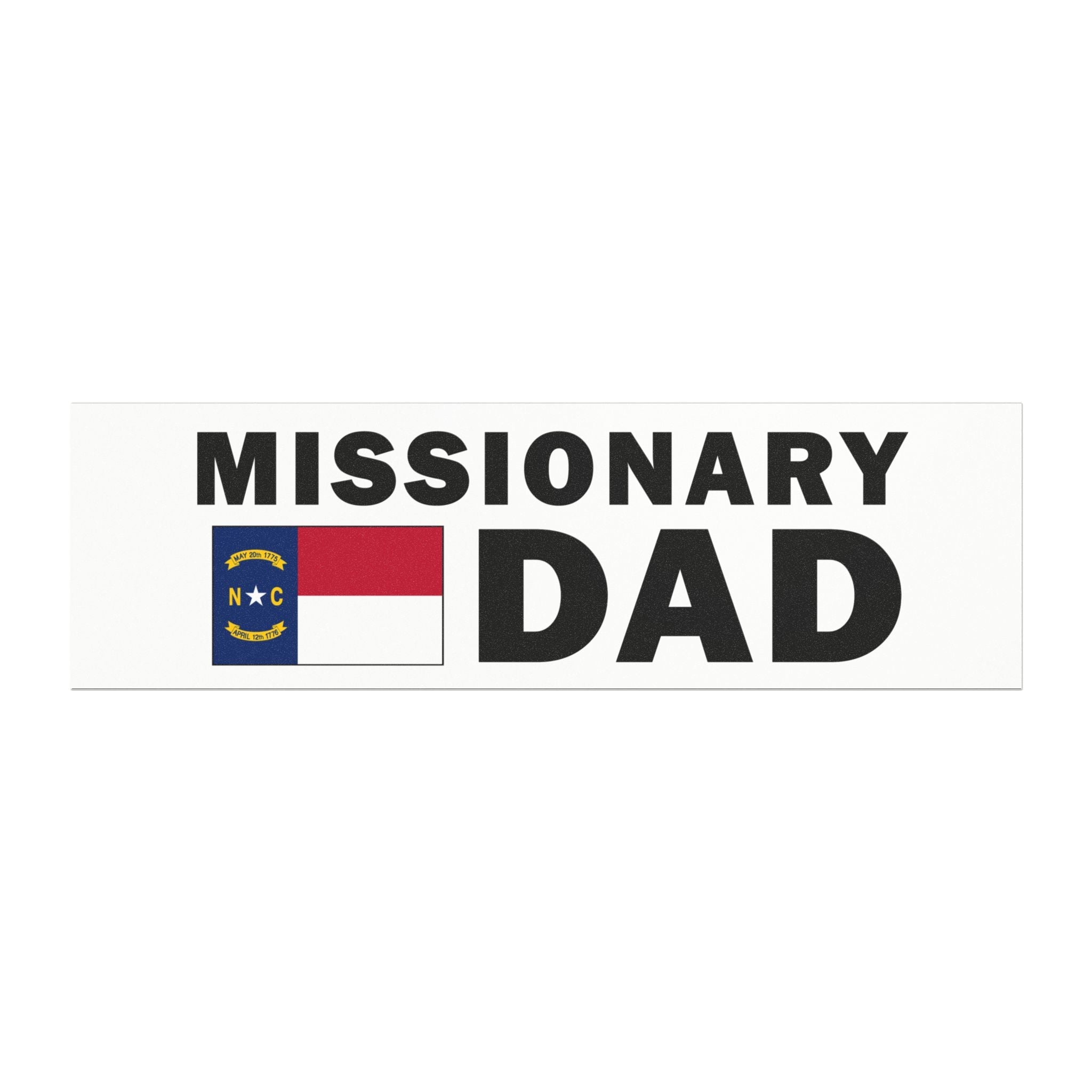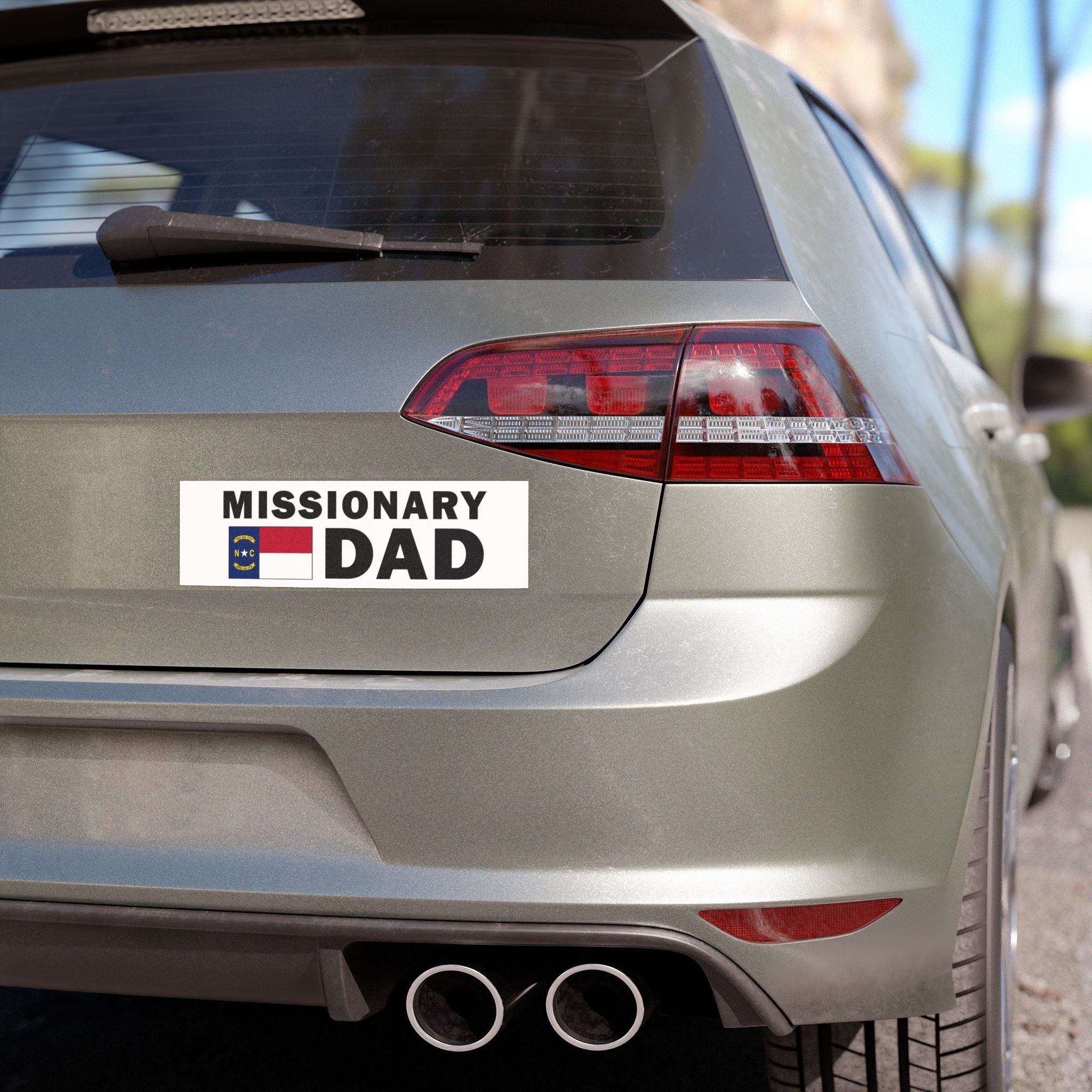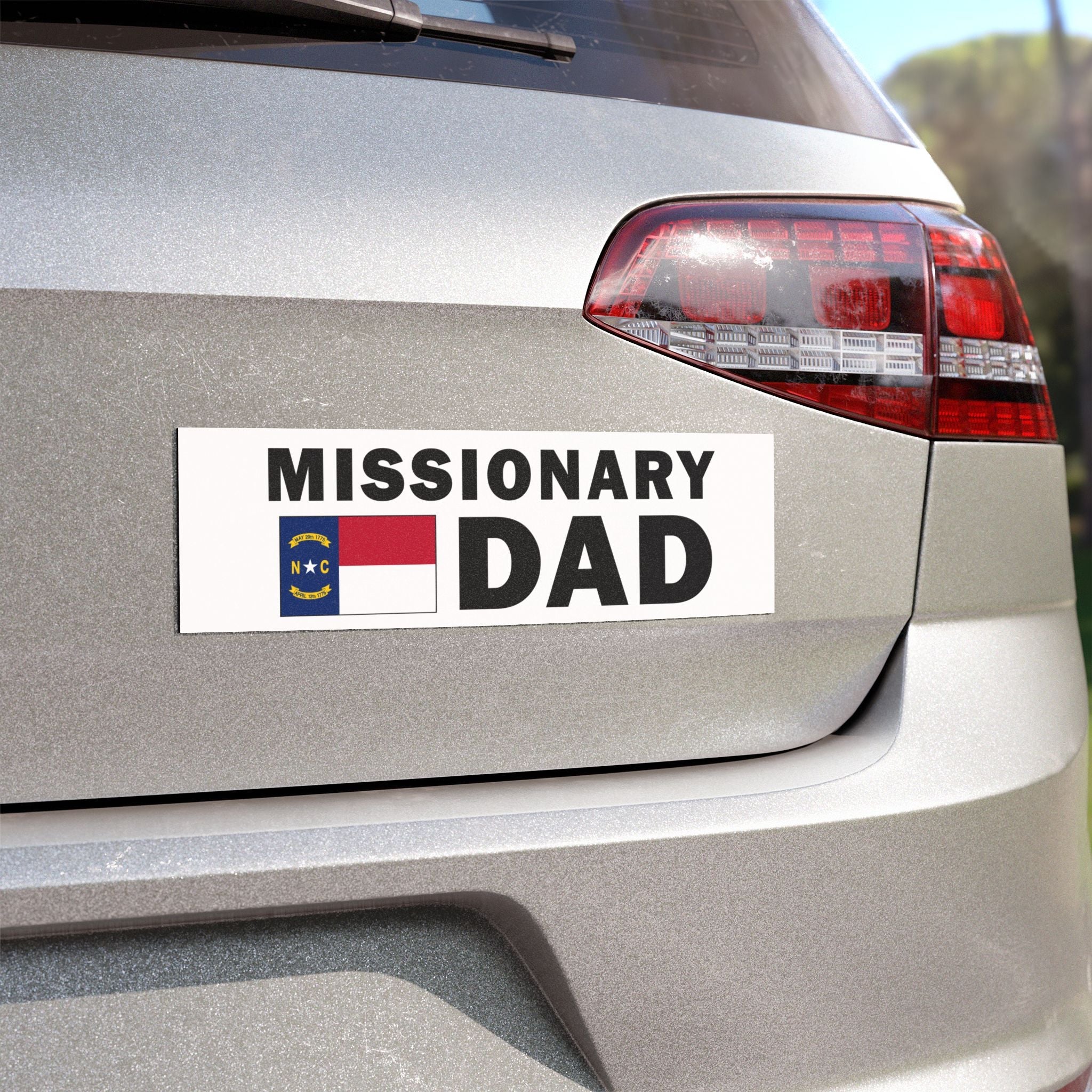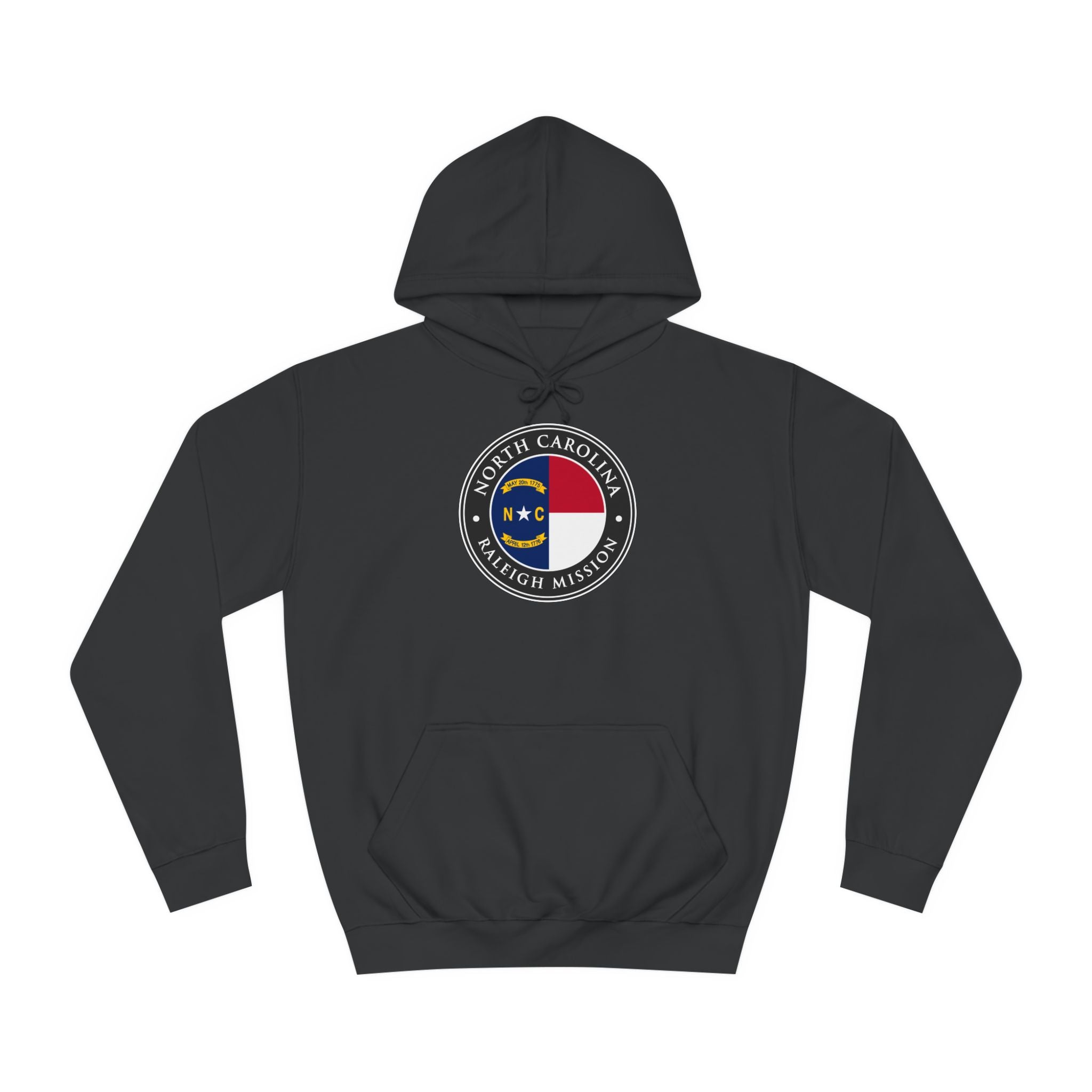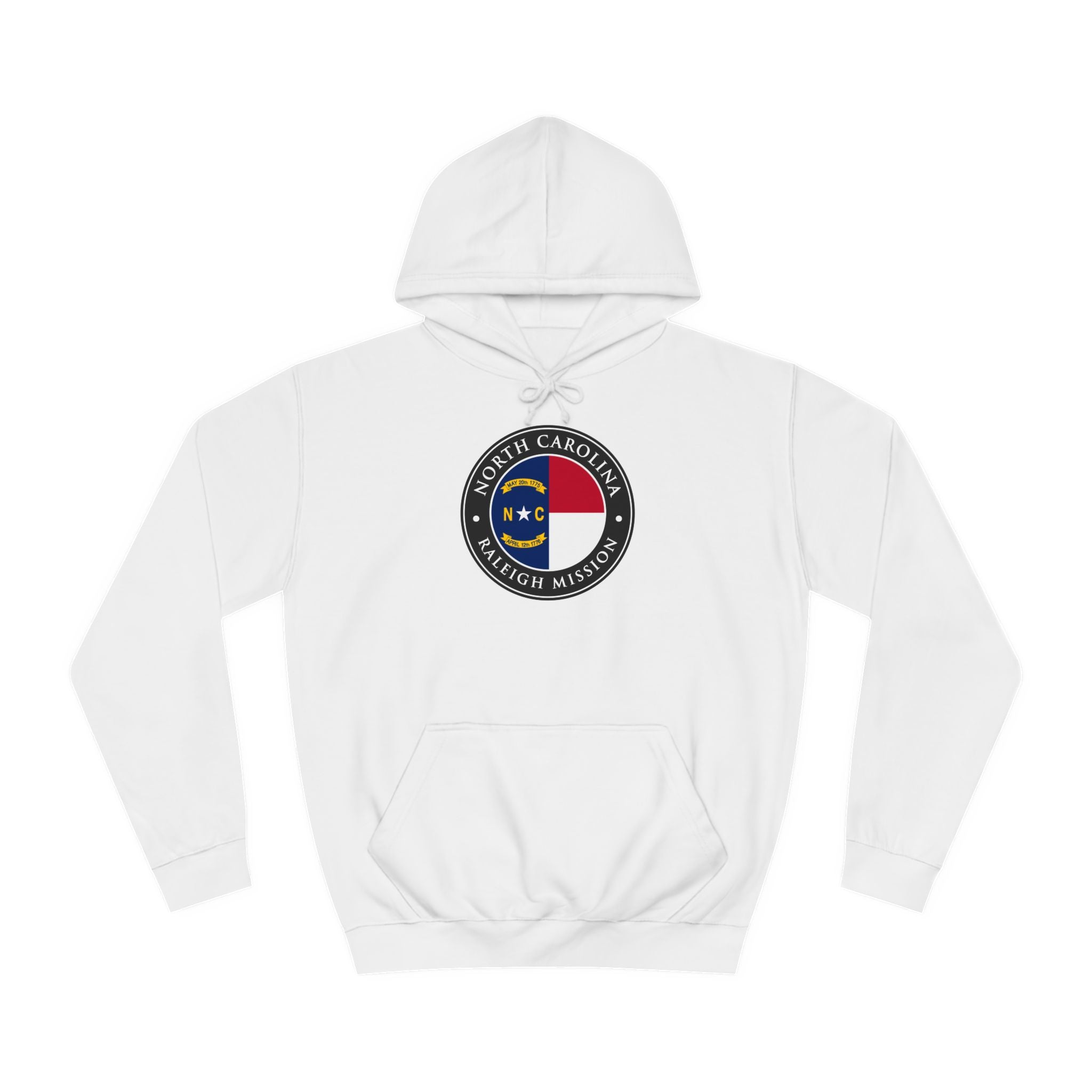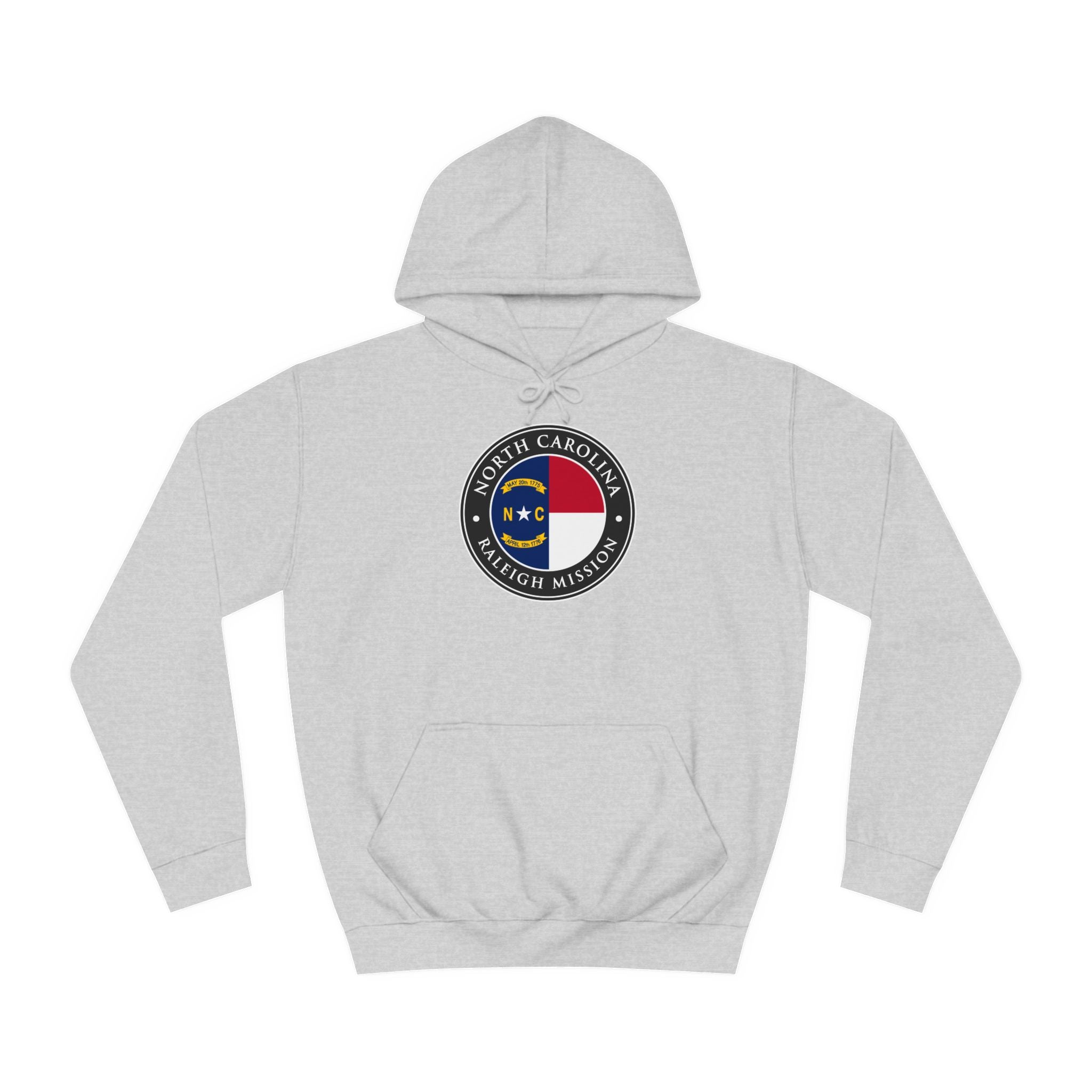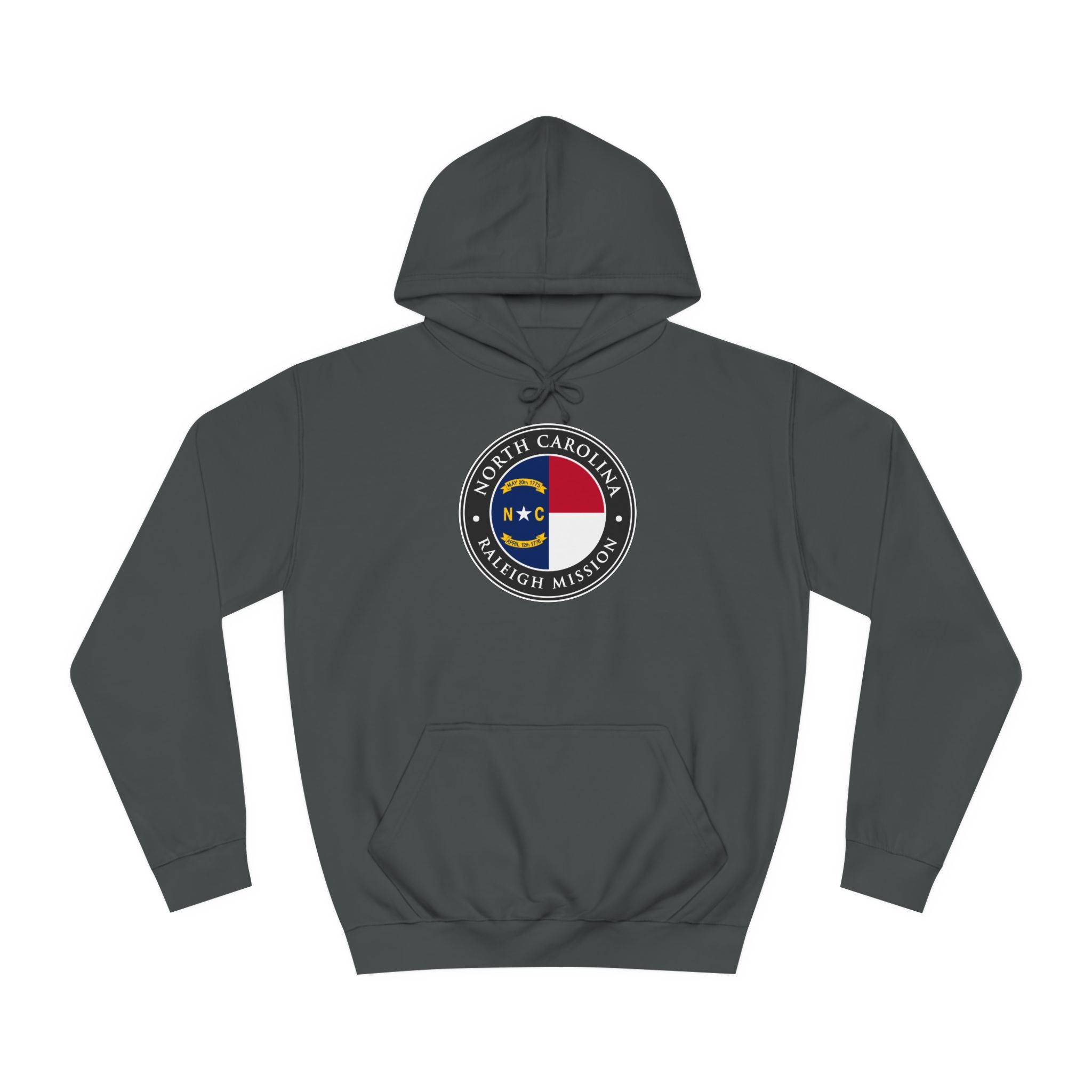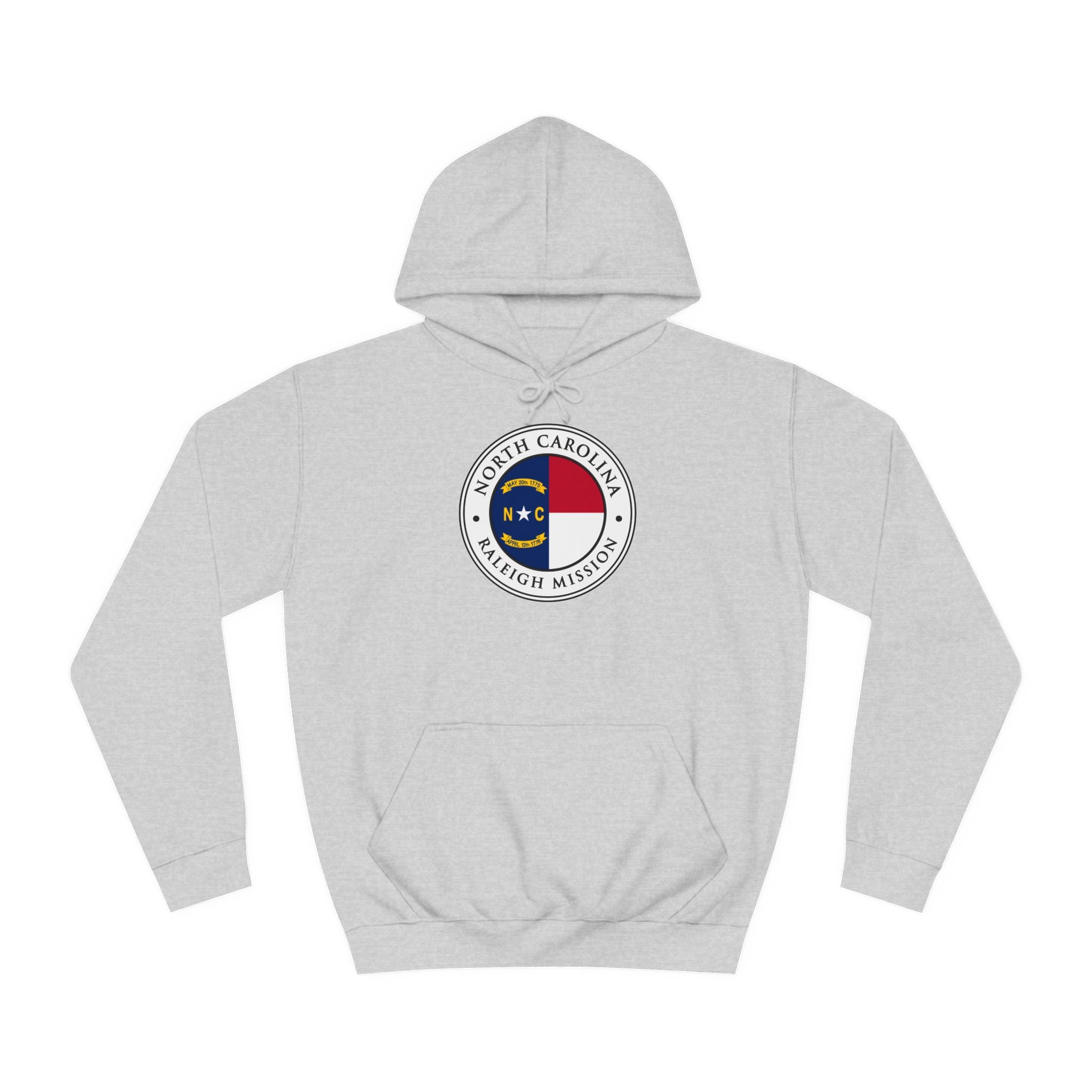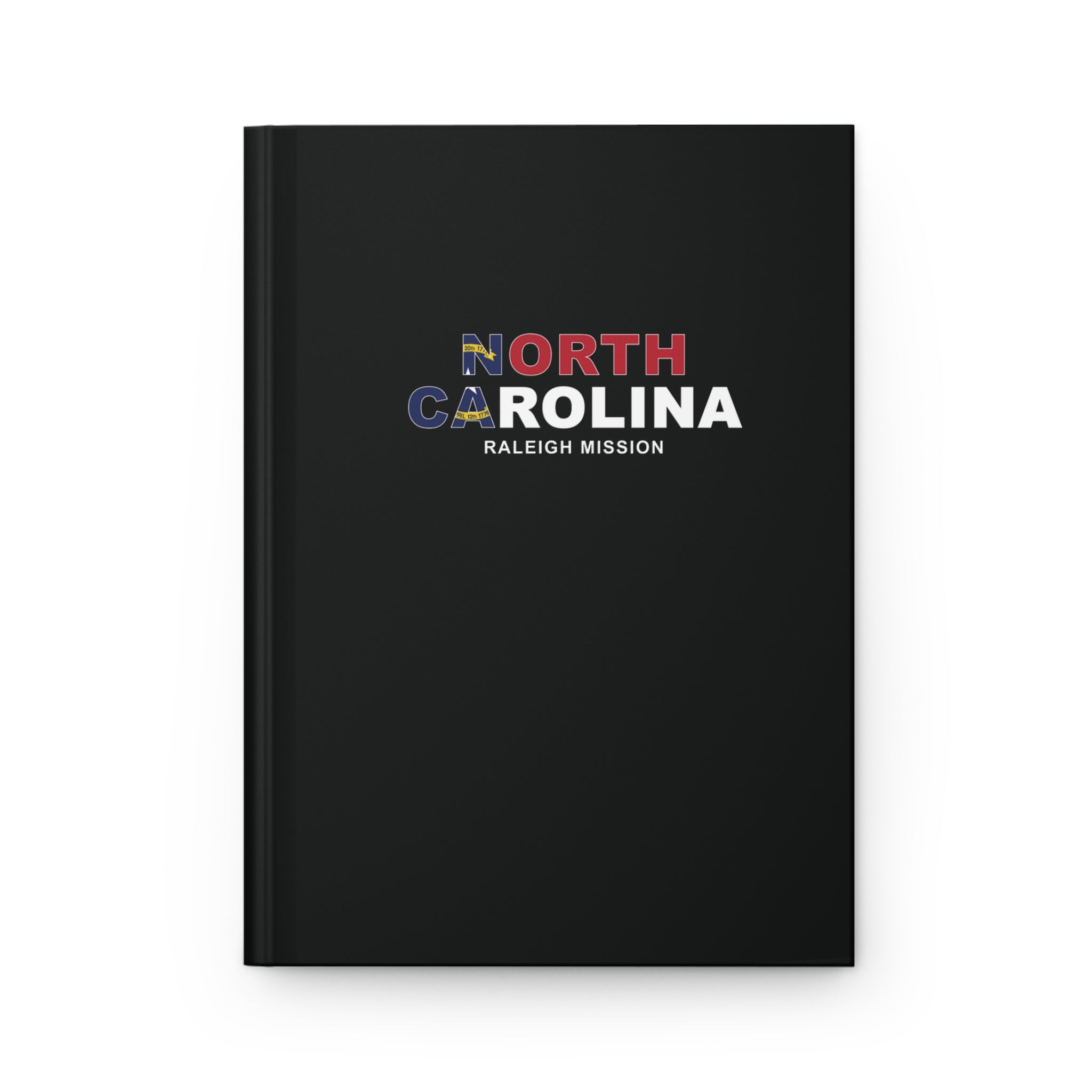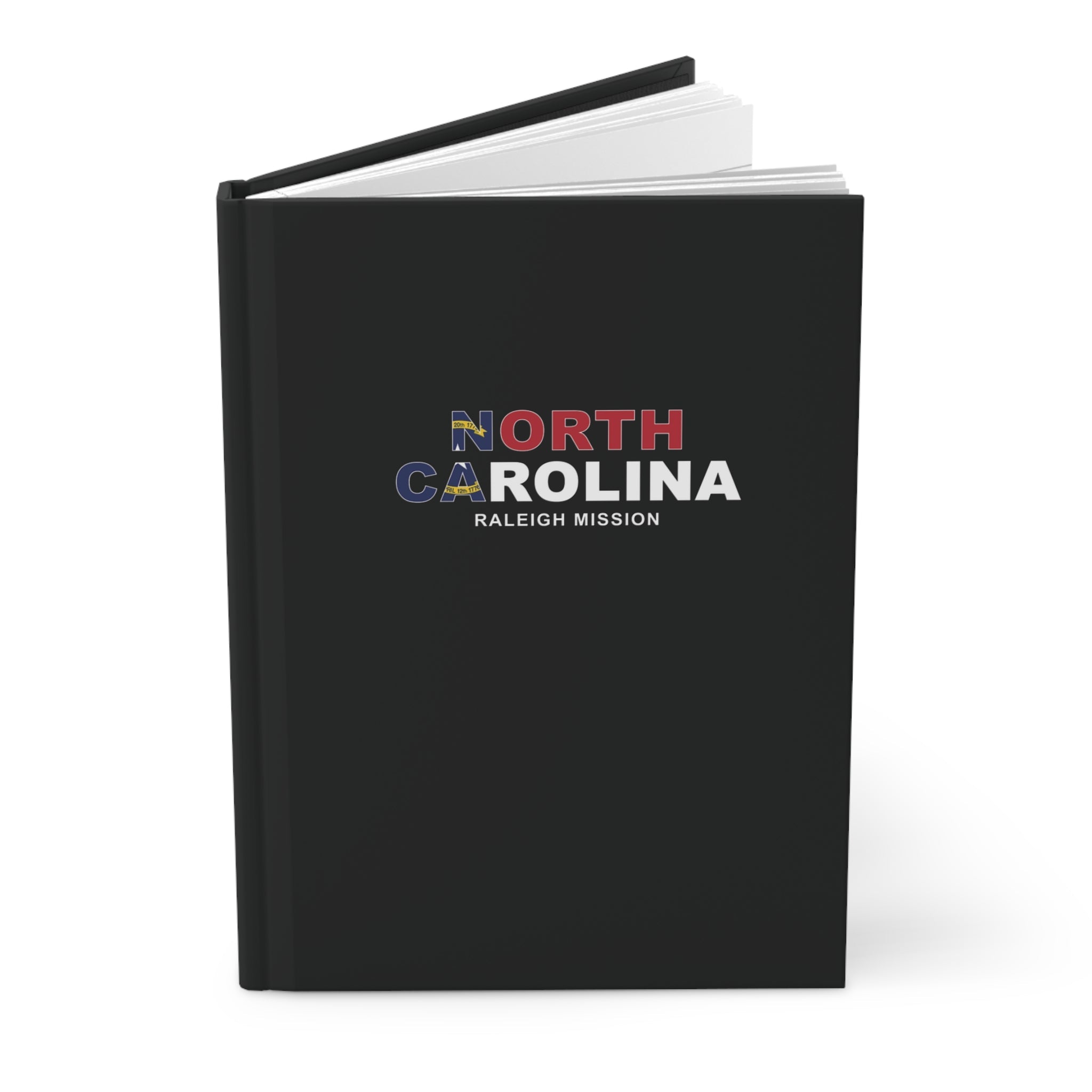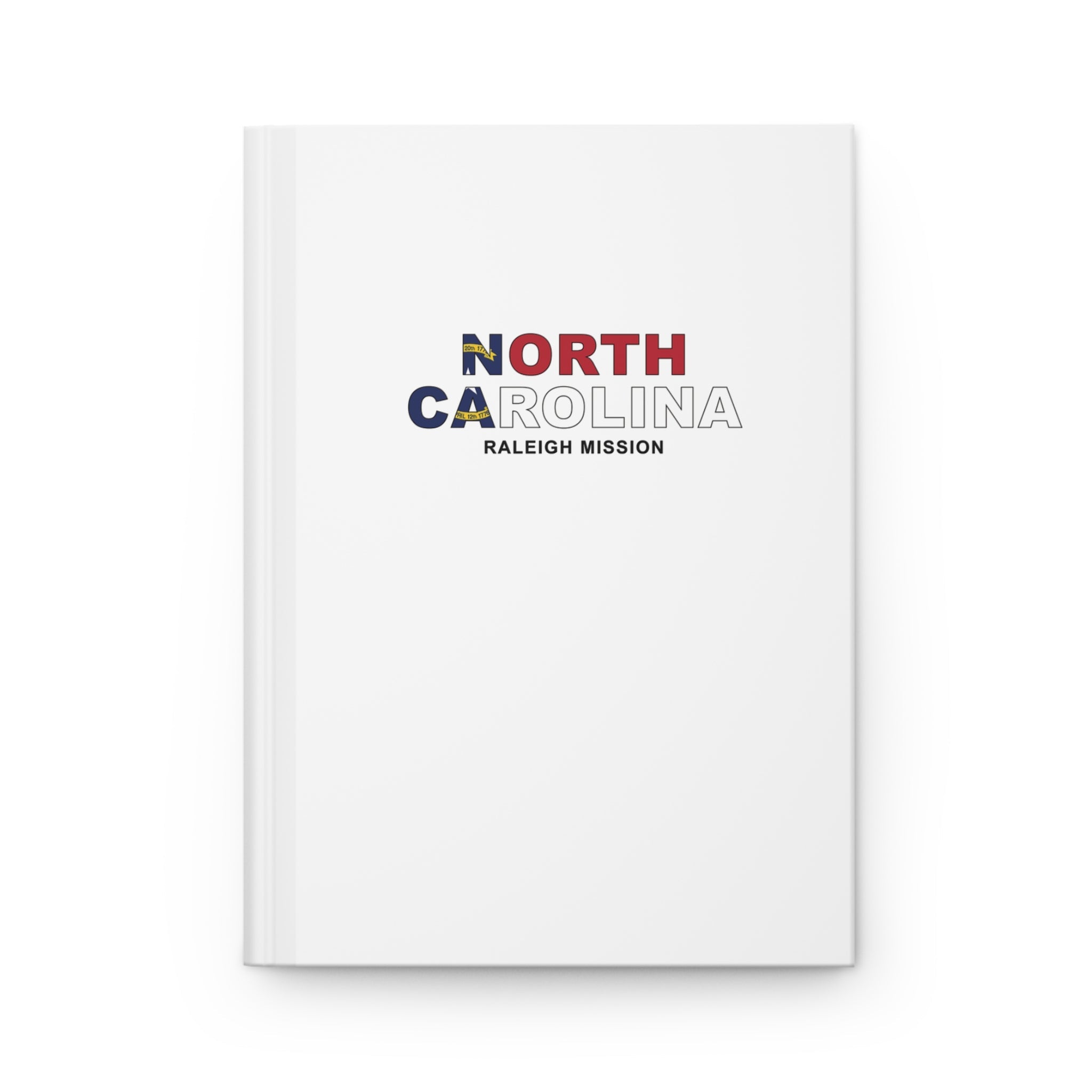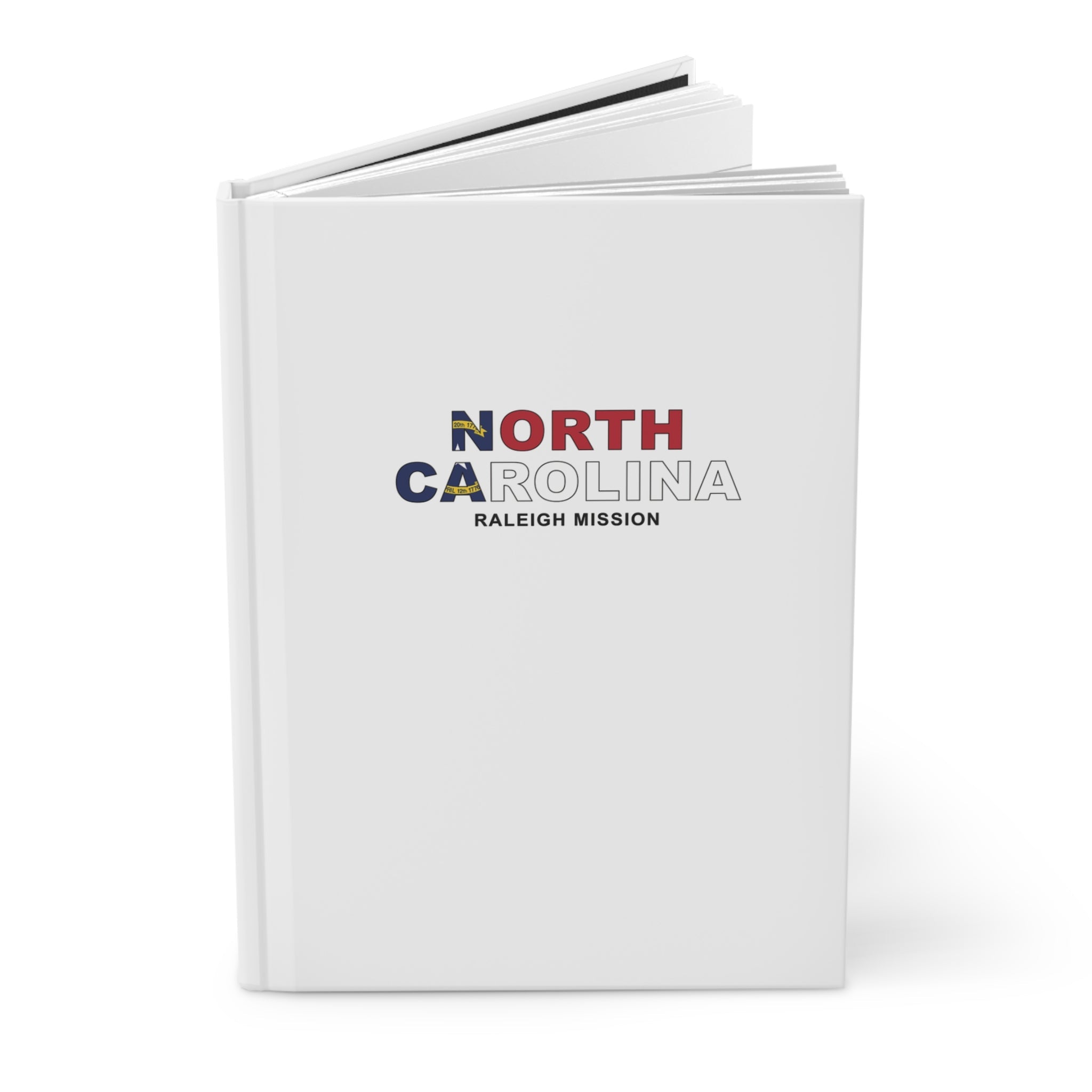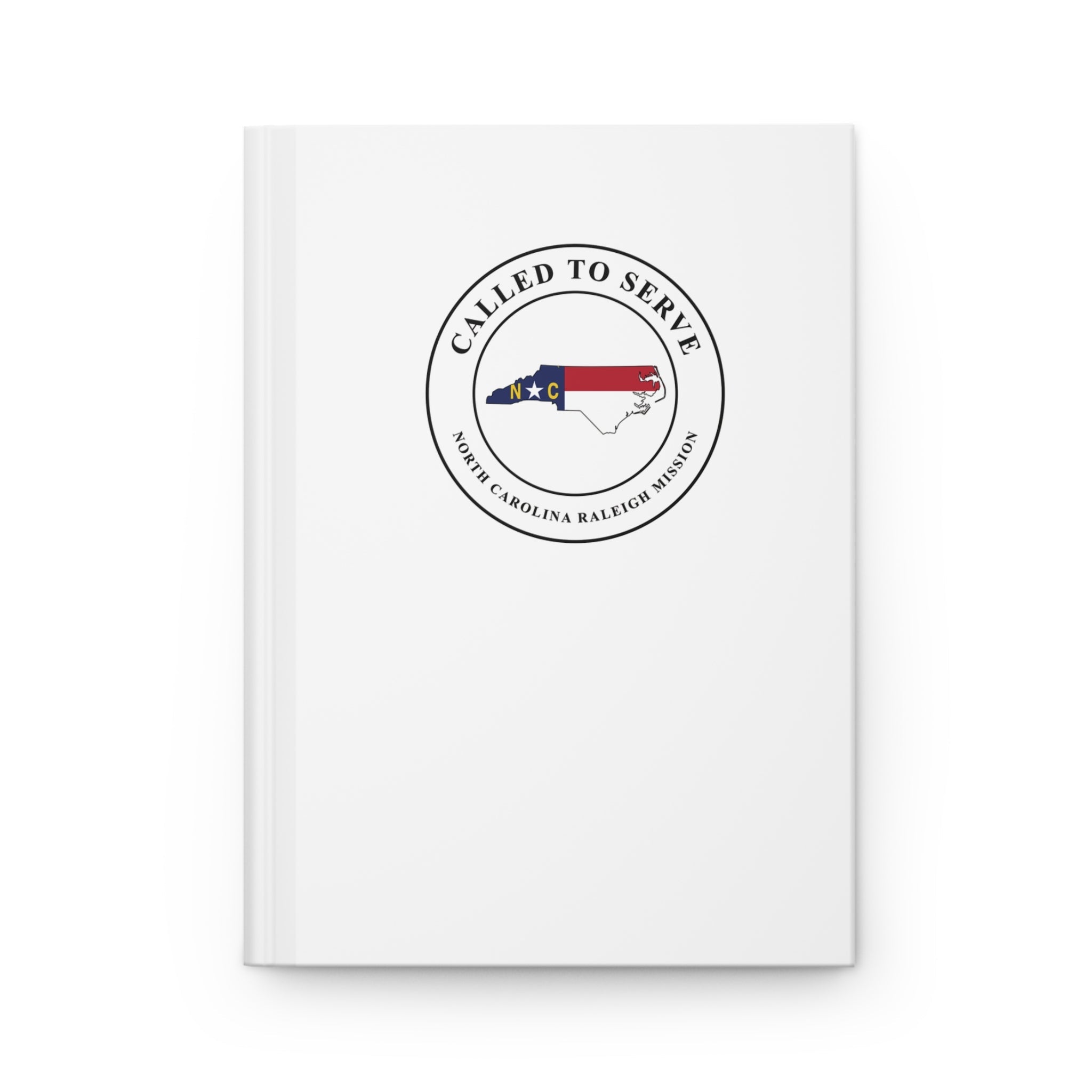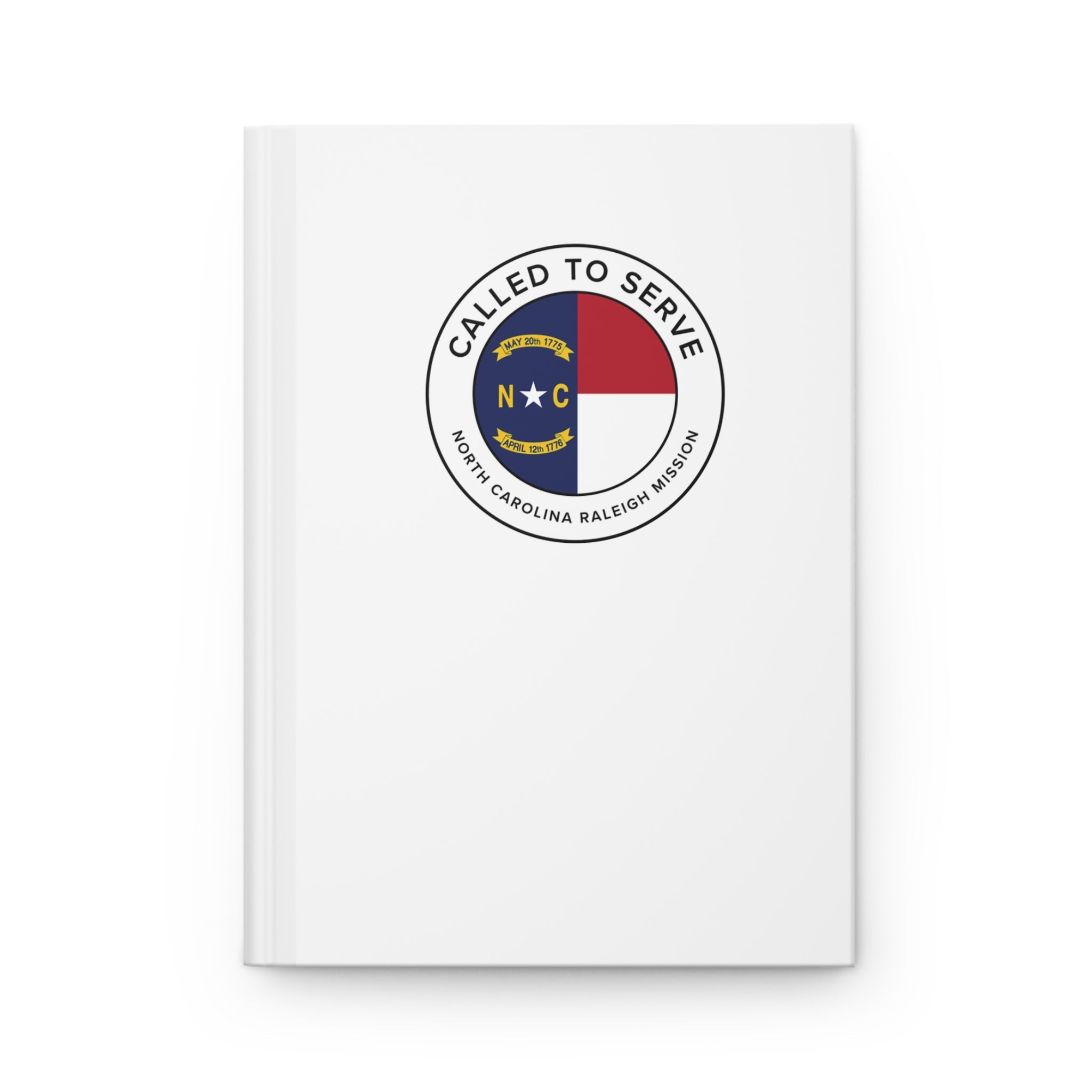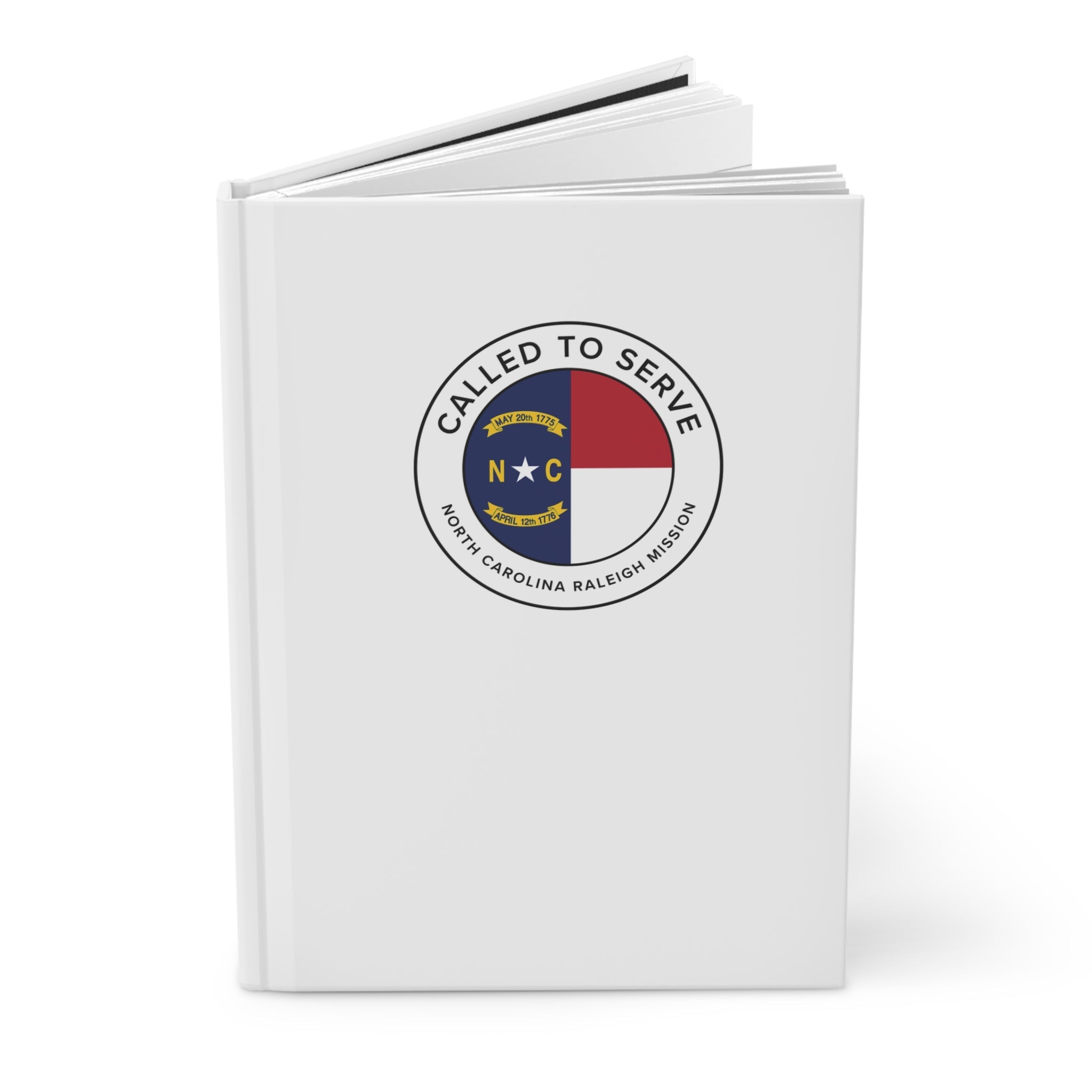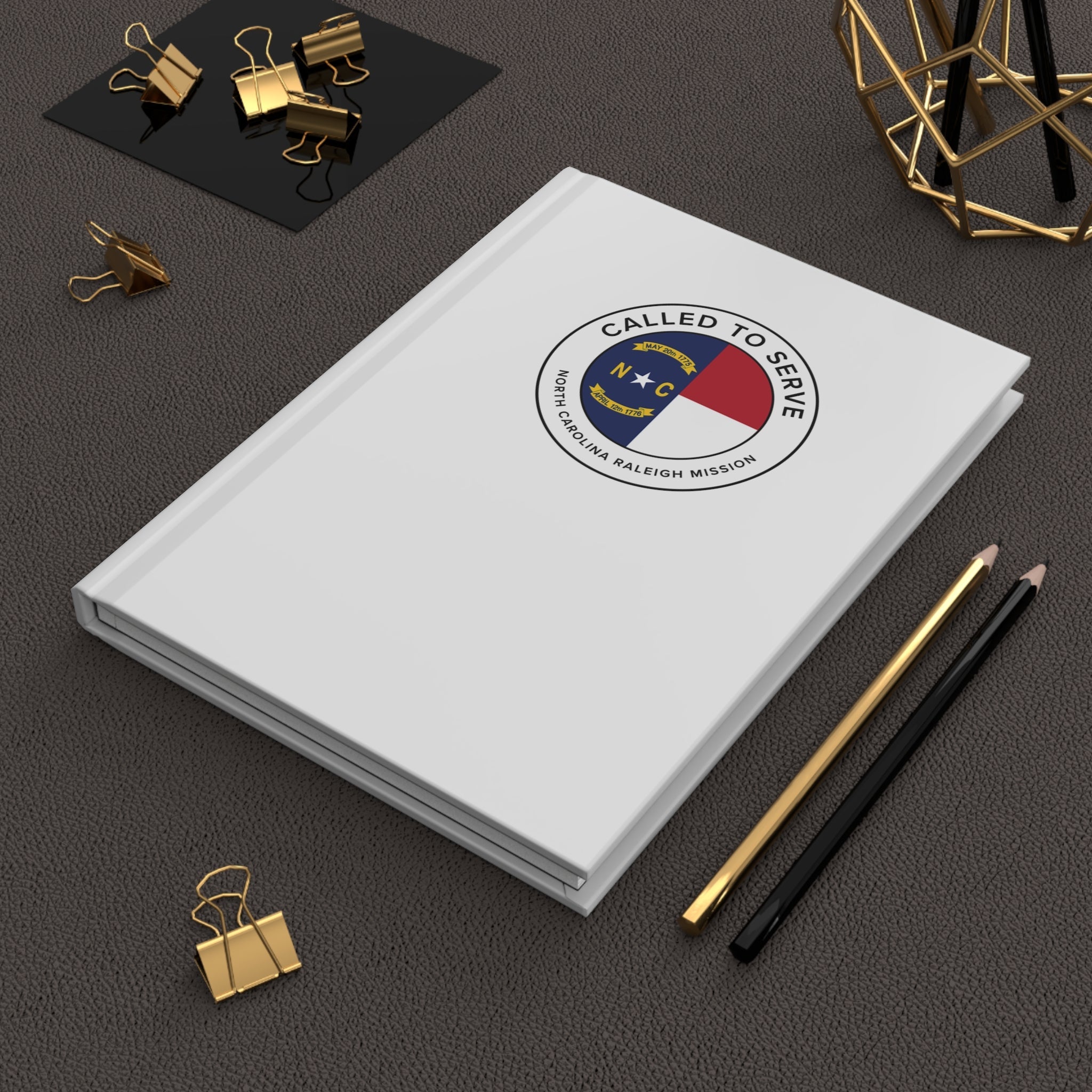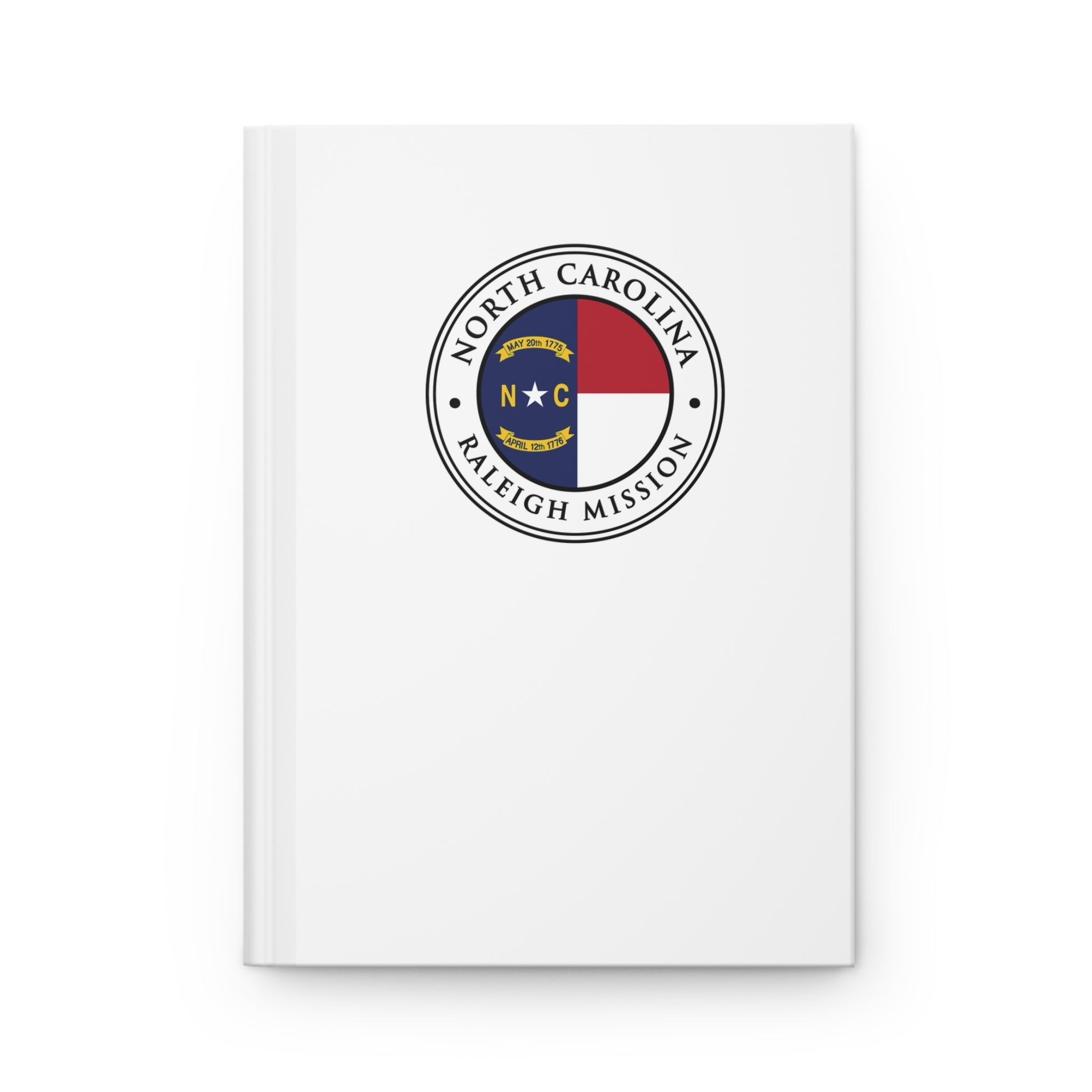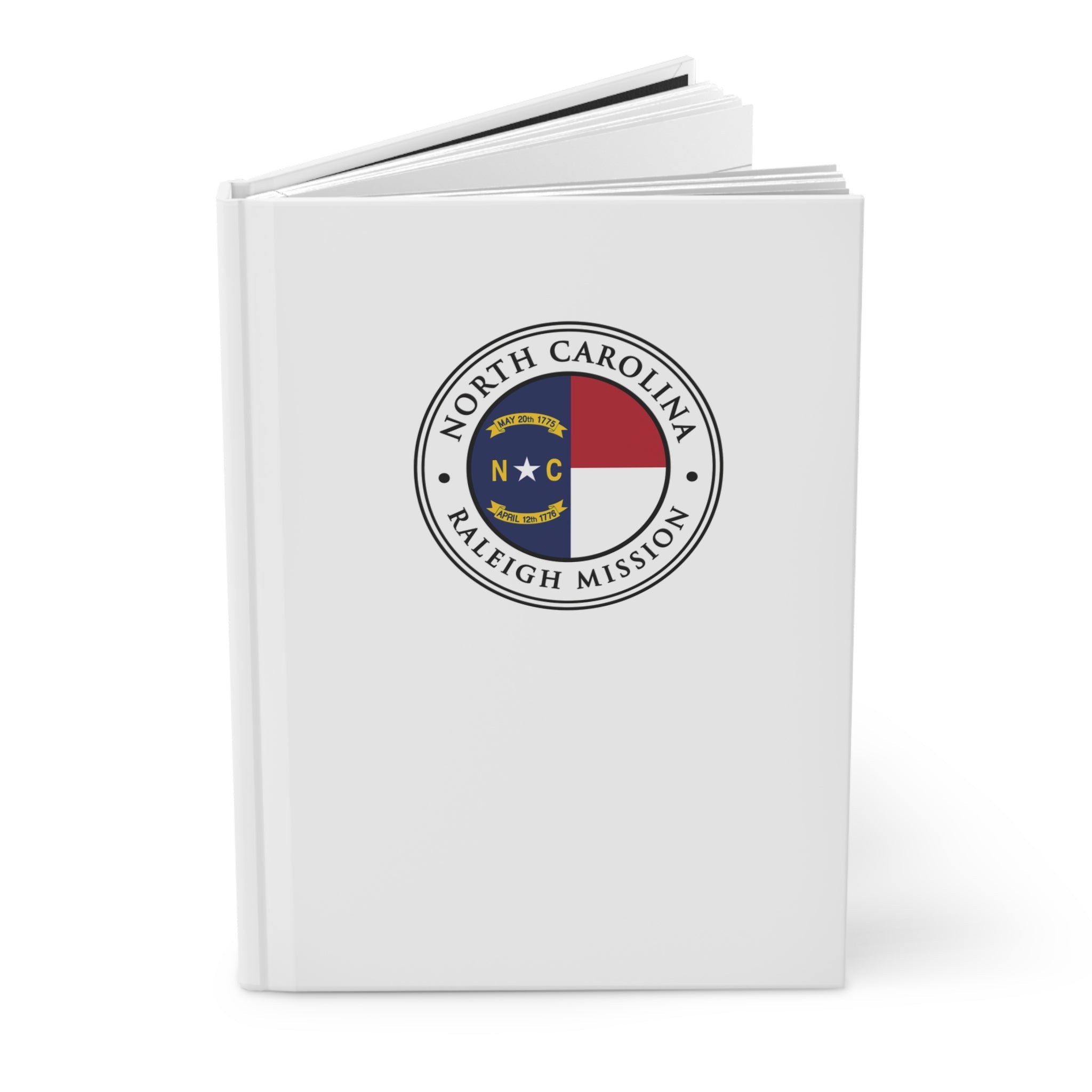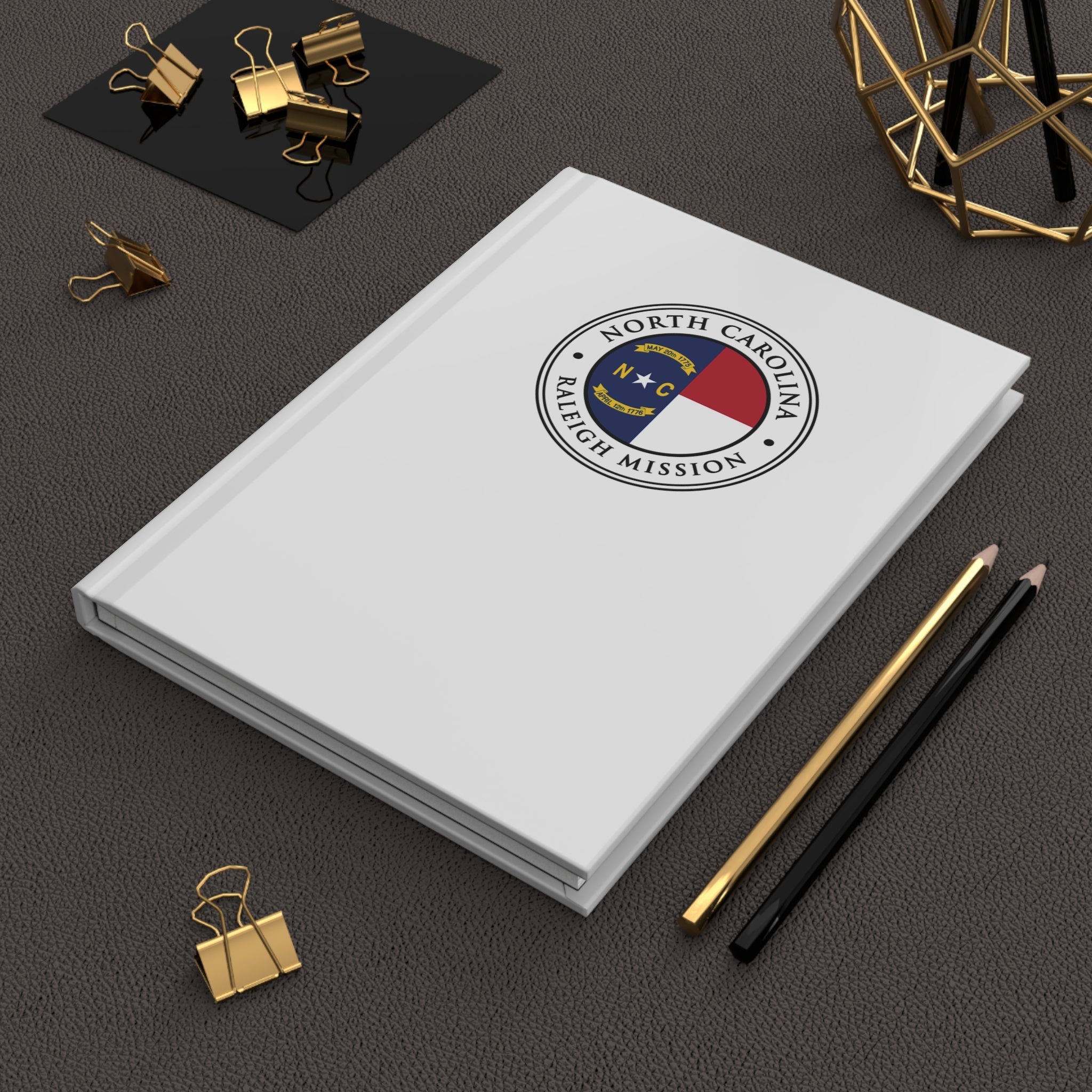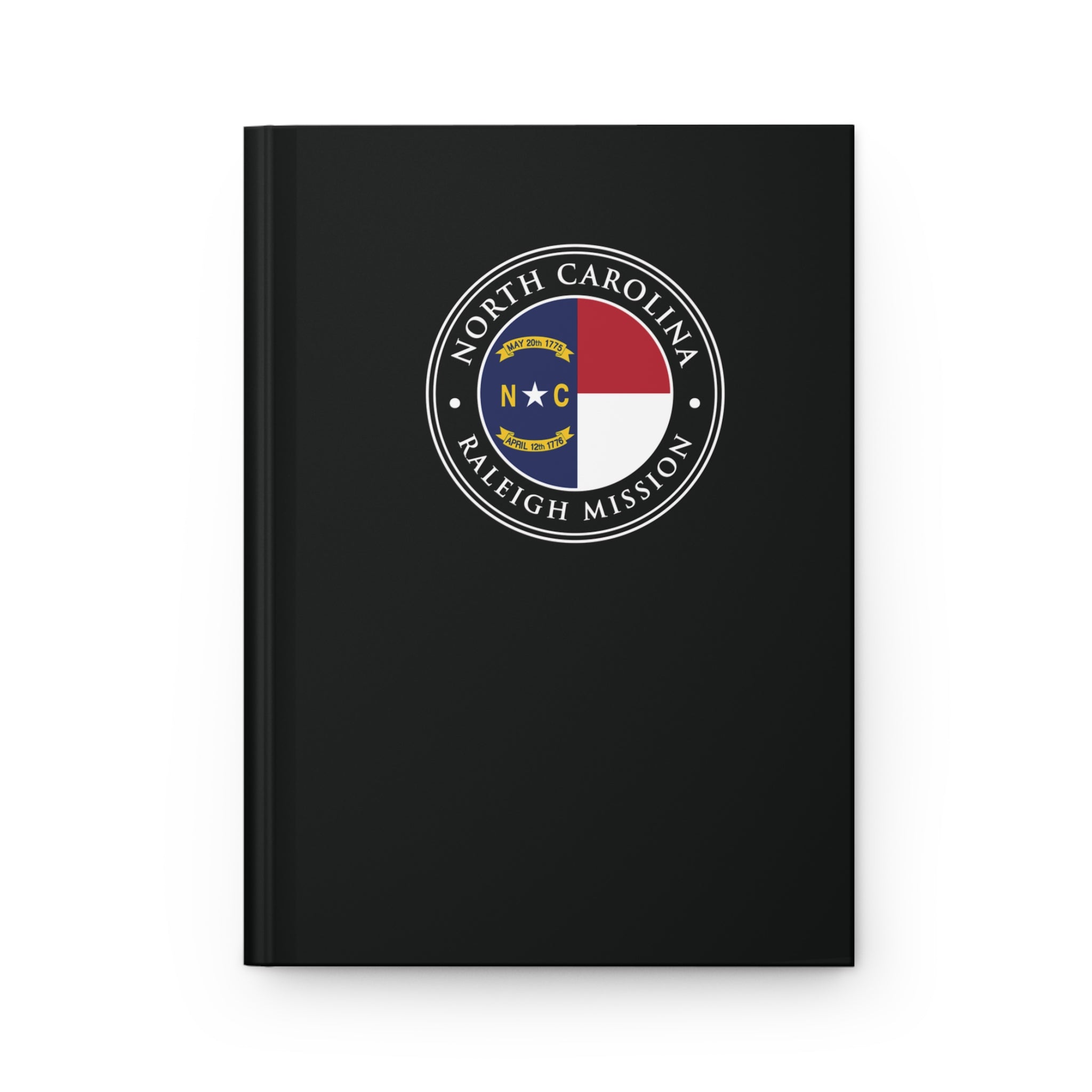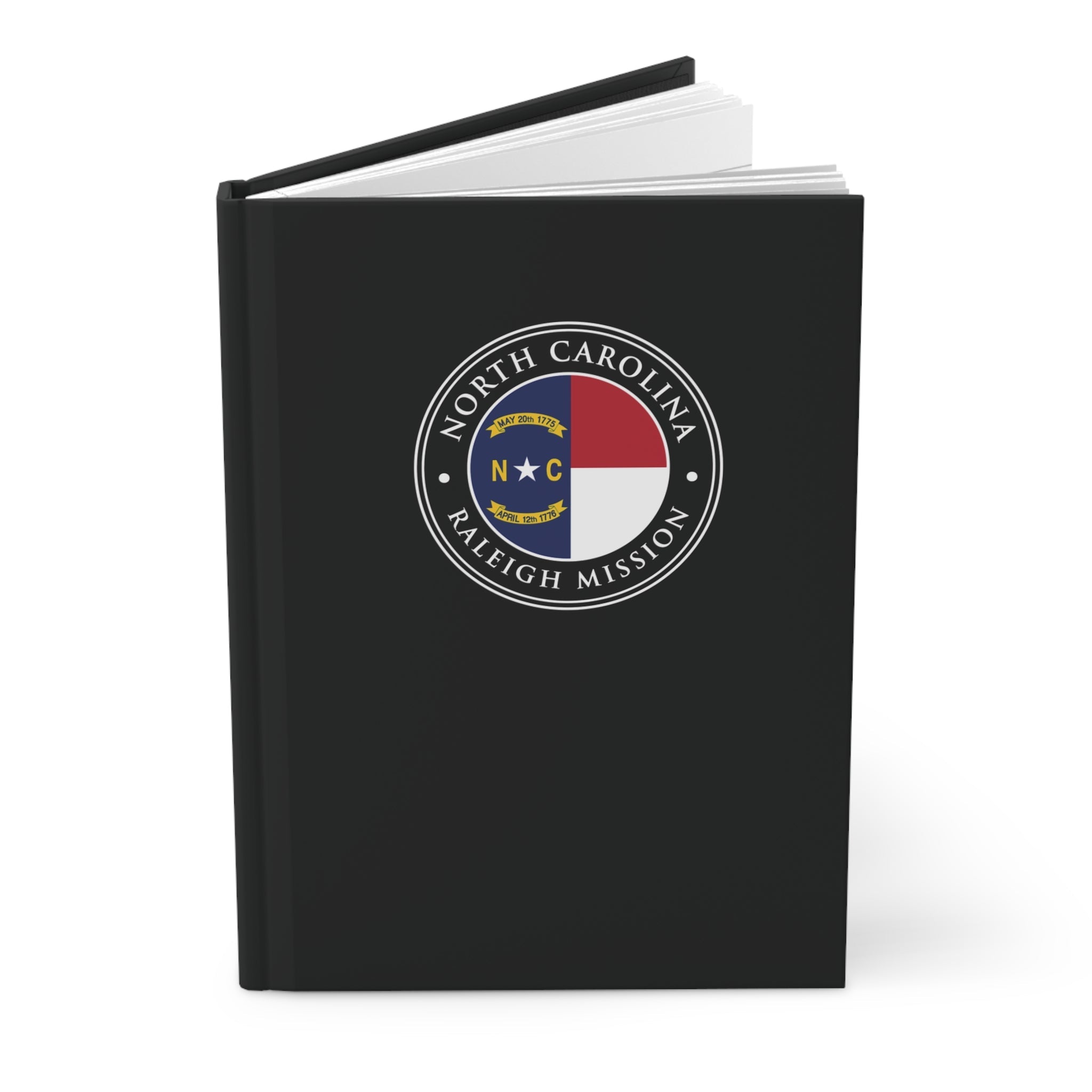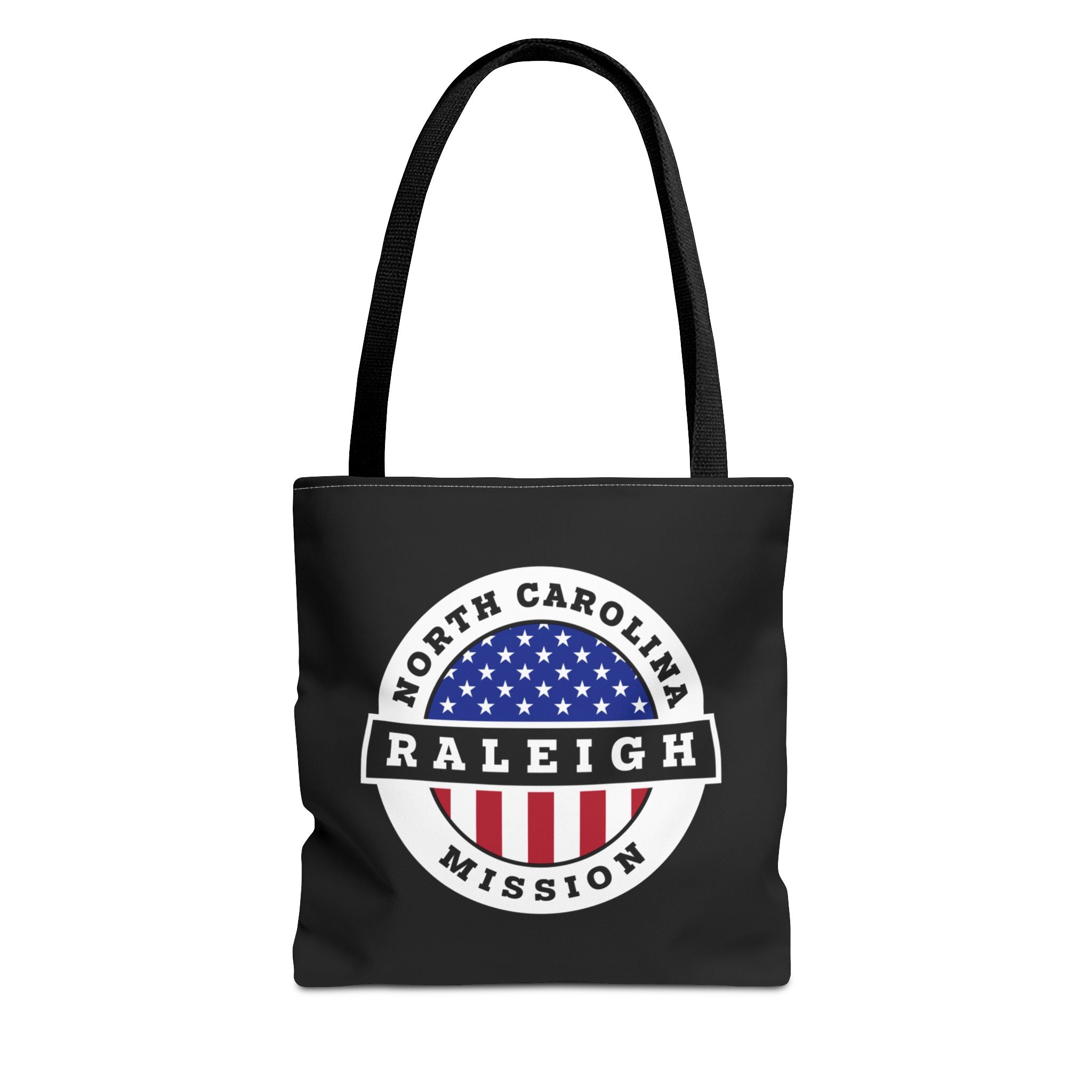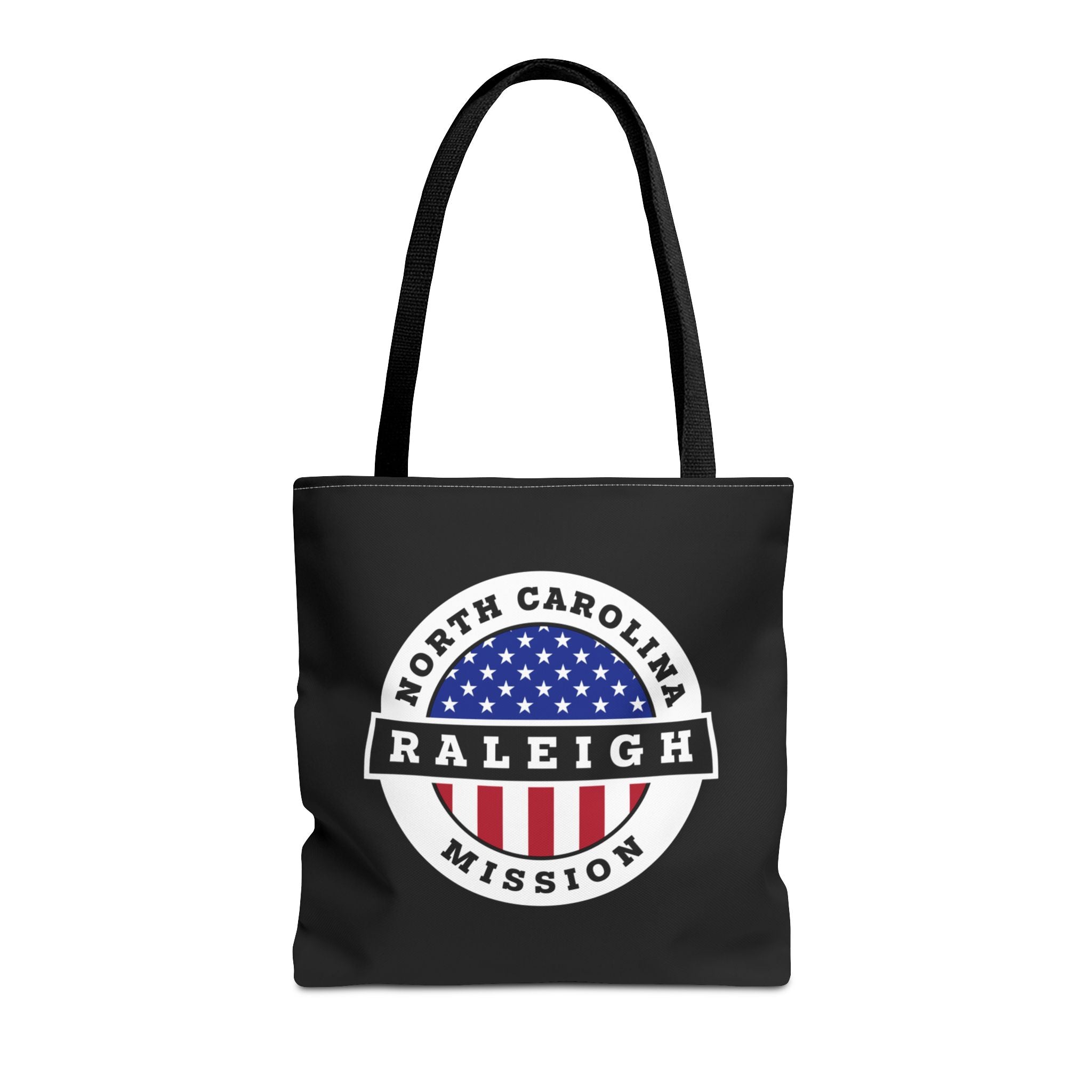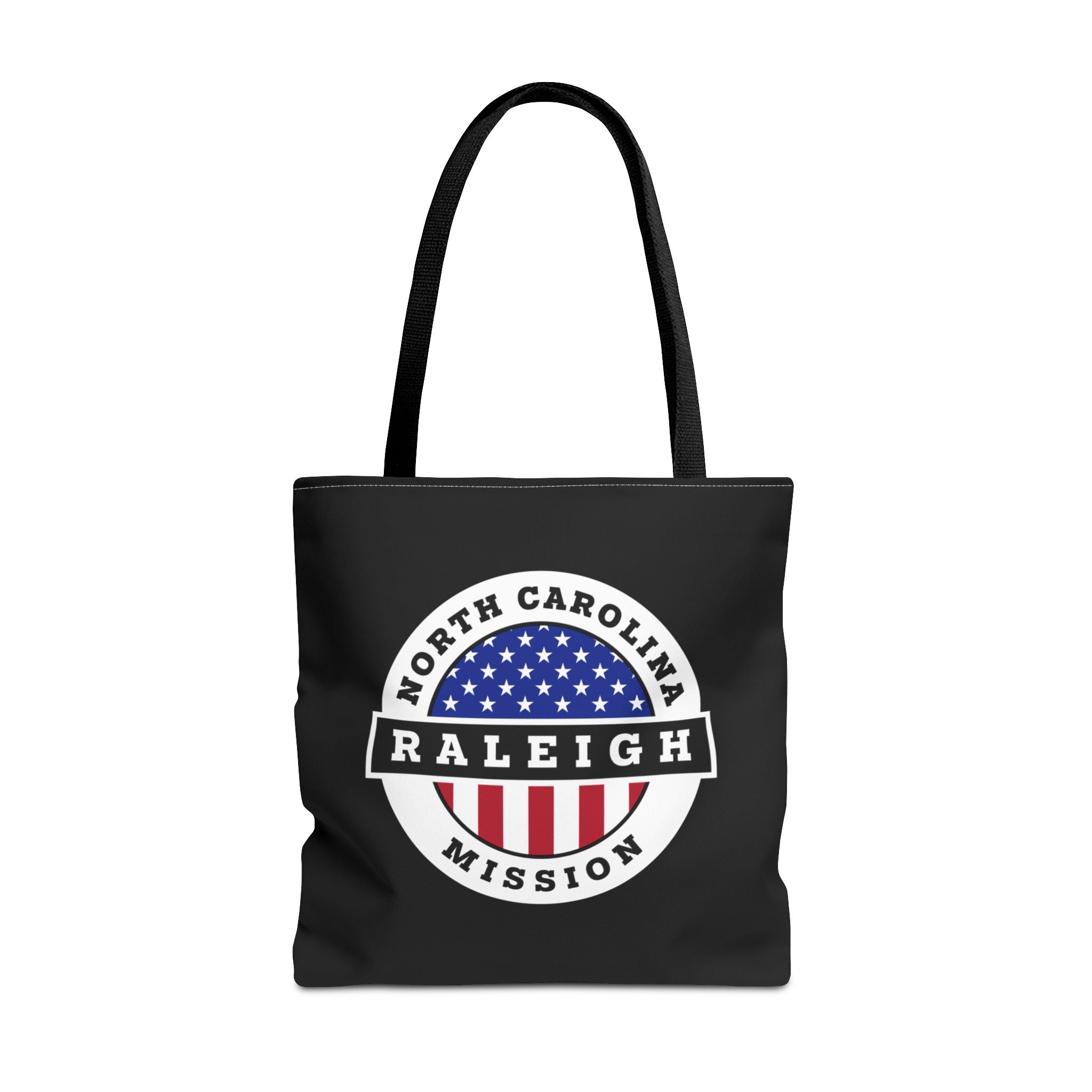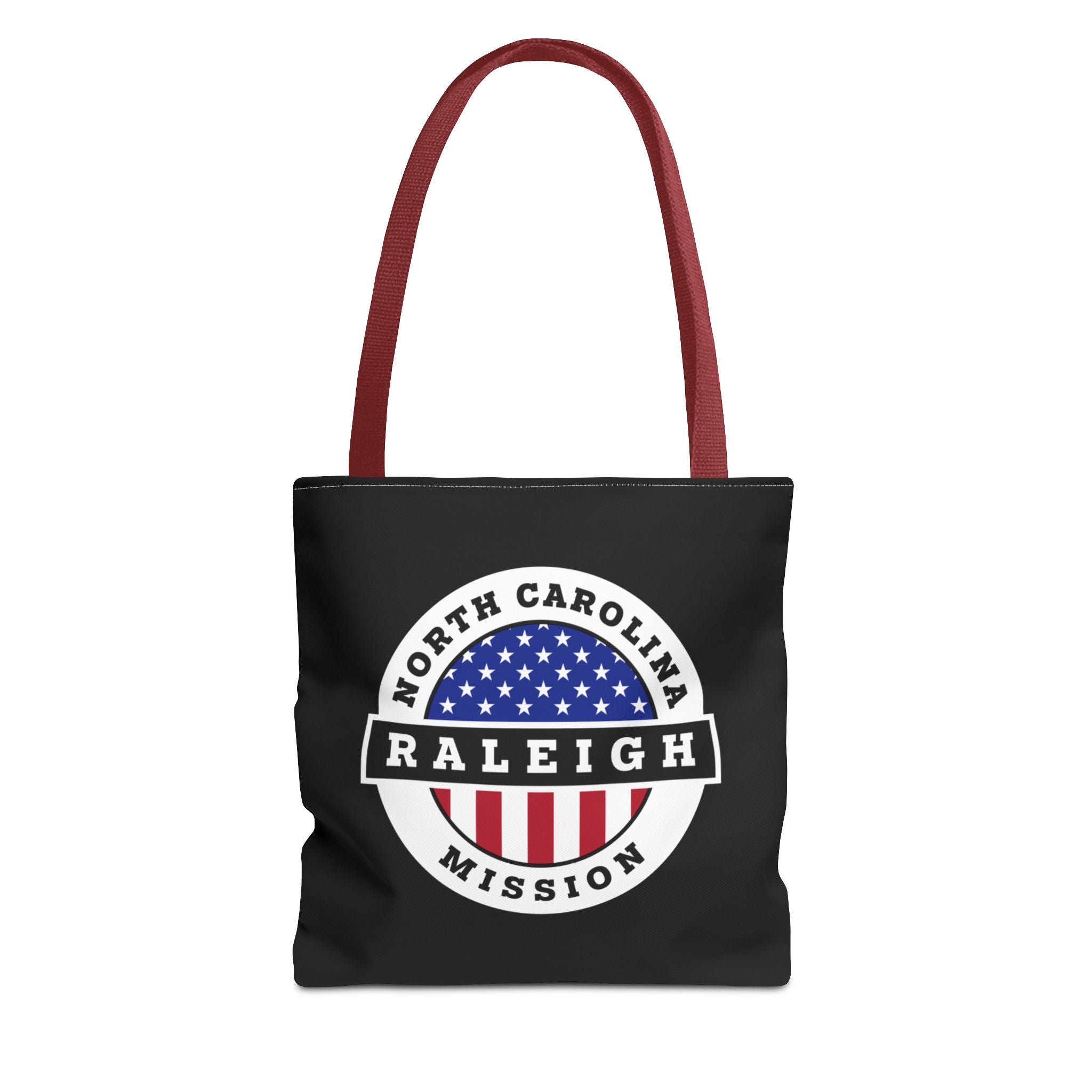The first meetings of The Church of Jesus Christ of Latter-day Saints in North Carolina "caused the greatest stirs imaginable," said missionary Elder John Eldridge. "I never thought that one poor mortal could make such a stir."
The first missionary to North Carolina, Jedediah Grant, spent from 1838-45 in North Carolina, organizing seven congregations of more than 200 Church members. When Grant left the state, membership had increased to 350. Missionary work was interrupted in the late 1840s as many Church members traveled west to escape persecution. Although this migration continued into the 1870s, several congregations and a mission were organized in North Carolina in 1875. In November 1894, Church leaders encouraged members to stay in their state rather than migrate west. During the next five years, nearly 700 people were baptized, seven Church buildings constructed, 30 Sunday Schools organized, and 20 congregations established. A newly completed meetinghouse on Harker's Island was burned and missionaries driven out by a mob in 1906. Harsh attitudes gradually moderated in the twentieth century and missionaries were offered more freedom to preach.
In 1948, the Church began a five-year construction project in North Carolina resulting in 16 new Church buildings. By 1973, North Carolina had nearly 16,400 members in 53 congregations with a growth rate of nearly 400 new members per year. North Carolina members and missionaries were among many from Southern states to respond to storm-caused disasters in the South in the 1990s.
